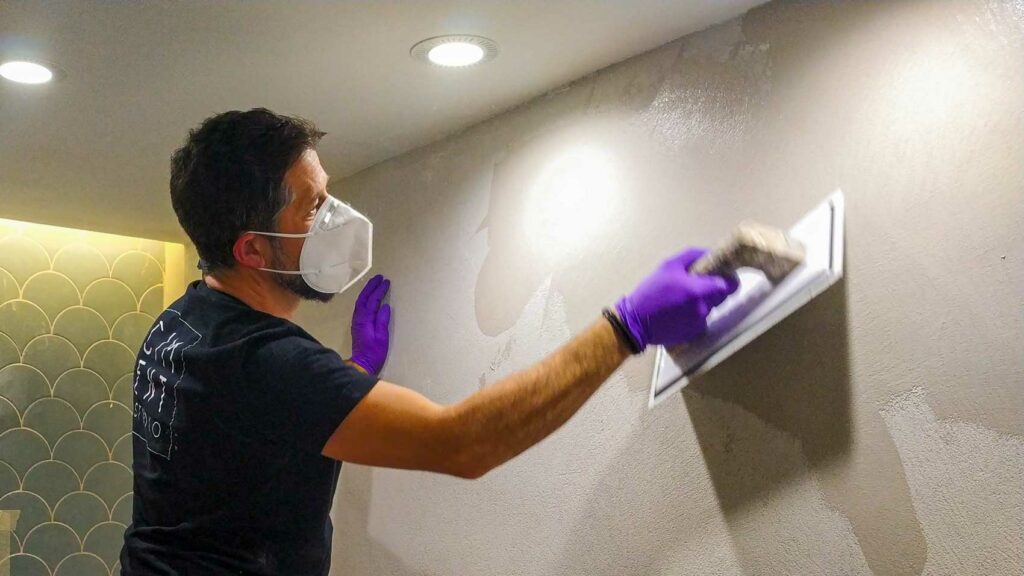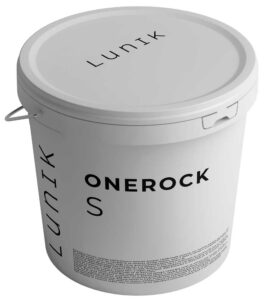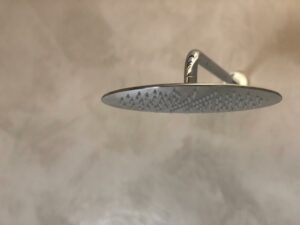
Microcement in Radiant Floor
Microcement Radiant Floor Microcement Application on Radiant Floor MICROCEMENT RADIANT FLOOR – When winter arrives is when you consider changing the heating of your house.
MICROCEMENT SUBSTRATE – One of the great advantages that microcement has compared to other materials used as decorative surfaces is its versatility. Its high degree of adherence to any surface makes it the perfect solution for both new construction and any type of renovation.
In new construction, it is common to apply the microcement on a well screeded surface. It is not worth a pointing, since the roughness that it normally acquires is too much for the microcement to absorb. The reason is very simple: the microcement is 3 mm thick, which means that the imperfections that it can hide must be very slight. That is why a good mastering of the surface to be applied should be required.
In new construction, another of the most common surfaces is plasterboard. This case is really one of the most favorable when it comes to application. You just have to make sure that the joints between the plates and the screws are perfectly sealed. Once confirmed, the microcement application could be done by applying the two coats of ONEROCK L or XL, depending on the desired finish.

In the case of renovations of homes or commercial premises, the most common is to apply the microcement on tiles. Any type of porcelain stoneware, rustic stoneware, marble … any type of tile is perfect to be covered with microcement.
In this case, the most important thing when regularizing the support is to take into account two factors: flatness of the tiles and size of the joints.
To solve the flatness of the tiles, it will be necessary to either use a self-leveling agent if the surface is very uneven, or perhaps solve it by applying one more coat of ONEROCK XL (3 coats in total). It is the applicator himself who should make the decision depending on the soil conditions. On the wall, it is clear that it will have to be solved with XL.
To solve the joints there are several options. If the joints are less than 0.5 cm thick, the ONEROCK finish itself can be used, that is, S or M. For thicker joints, the ideal is to use a higher granulometry finish, therefore , we will use L or XL. The reason is that in thin joints, if we use L or XL, it is very possible that it forces us to sand the excess.
Another option to prepare the support is the use of epoxy resins. At Lunik we have a complete range of epoxies for any situation:
Using any of these primers will ensure that the application of the microcement is a success. The surface will be completely regularized by isolating the microcement from any problem that the original surface may contain.
Visit our Lunik website for more information about our ONEROCK system.

Microcement Radiant Floor Microcement Application on Radiant Floor MICROCEMENT RADIANT FLOOR – When winter arrives is when you consider changing the heating of your house.

Easy Microcement The Lunik Ready-to-Use Microcement for Non-Specialists EASY MICROCEMENT – One of the first issues when talking about microcement is its difficulty. Traditionally, the

Polyurethane Varnish in Microcement The Importance of Polyurethane Varnish in the Application of Microcement POLYURETHANE VARNISH MICROCEMENT – The process of applying microcement, as a